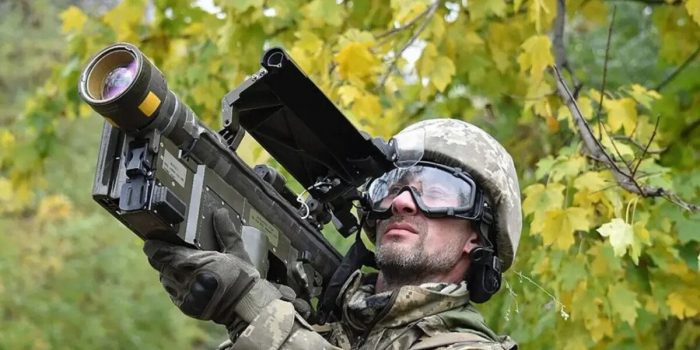Raytheon is experiencing a surge in demand for their old Stinger missiles. To meet this demand, the company has enlisted retired employees to assist in manufacturing. These former engineers will train younger staff and resume production based on blueprints that are over 40 years old. The increased demand for Stinger missiles arose after the United States donated a significant amount from its stockpile to the Ukrainian military.
The Stinger, which originated from the United States, is a surface-to-air missile system designed for portable use. It utilizes infrared homing technology and can be fired from ground vehicles or helicopters. Since its creation in 1981, the Stinger has been used by the US military and 29 other countries.
“Stinger’s been out of production for 20 years, and all of a sudden, in the first 48 hours [of the war], it’s the star of the show, and everybody wants more,” Wes Kremer, the president of RTX’s Raytheon division, said during an interview last week at the Paris Air Show.
Ukraine recently utilized nearly 2,000 heat-seeking missiles, provided by the United States, to successfully shoot down Russian aircraft. These missiles were sourced from US military reserves. Furthermore, the Biden administration has announced plans to send Ukraine even more Stinger missiles in the near future.
Although the US Army placed an order for 1,700 Stingers in May 2022, delivery is not expected until 2026, according to the Pentagon. It will take approximately 30 months to set up the production line and train employees, as estimated by Kremer.
“We were bringing back retired employees that are in their 70s … to teach our new employees how actually to build a Stinger,” Kremer said. “We’re pulling test equipment out of warehouses and blowing the spider webs off of them,” he added.
Additionally, according to Greg Hayes, the CEO of RTX, the missile’s electronics are outdated. “We’re redesigning circuit cards [and] redesigning some of the componentry,” Hayes told Defense One in an interview. “That just takes a long time,” he added.
While 3D printing and automation are often advocated to expedite manufacturing processes, they cannot be applied to the Stinger missiles. This is due to the need for a complete redesign of the weapon and a lengthy certification process. Kremer explained that automating the Stinger would require redesigning the entire seeker mechanism.
“You’d have to redesign the entire seeker to automate it,” Kremer said.


